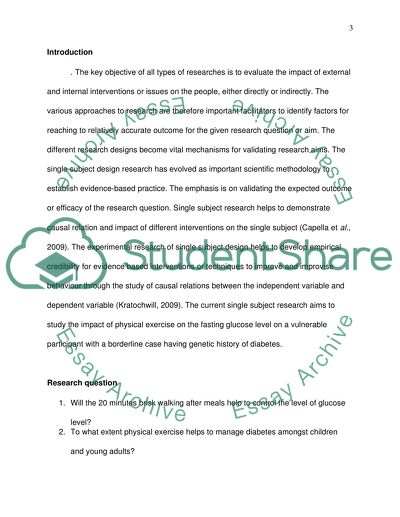Cite this document
(“Impact Of Physical Exercise On The Blood Glucose Value Research Paper”, n.d.)
Impact Of Physical Exercise On The Blood Glucose Value Research Paper. Retrieved from https://studentshare.org/psychology/1651634-impact-of-intervention-on-the-fasting-blood-glucose-value
Impact Of Physical Exercise On The Blood Glucose Value Research Paper. Retrieved from https://studentshare.org/psychology/1651634-impact-of-intervention-on-the-fasting-blood-glucose-value
(Impact Of Physical Exercise On The Blood Glucose Value Research Paper)
Impact Of Physical Exercise On The Blood Glucose Value Research Paper. https://studentshare.org/psychology/1651634-impact-of-intervention-on-the-fasting-blood-glucose-value.
Impact Of Physical Exercise On The Blood Glucose Value Research Paper. https://studentshare.org/psychology/1651634-impact-of-intervention-on-the-fasting-blood-glucose-value.
“Impact Of Physical Exercise On The Blood Glucose Value Research Paper”, n.d. https://studentshare.org/psychology/1651634-impact-of-intervention-on-the-fasting-blood-glucose-value.


